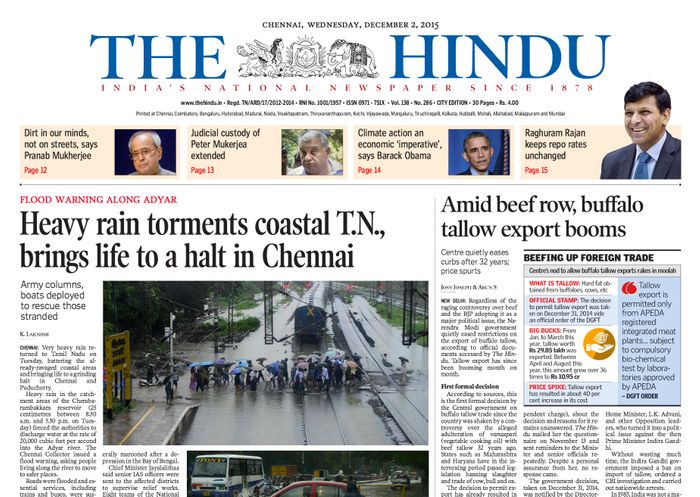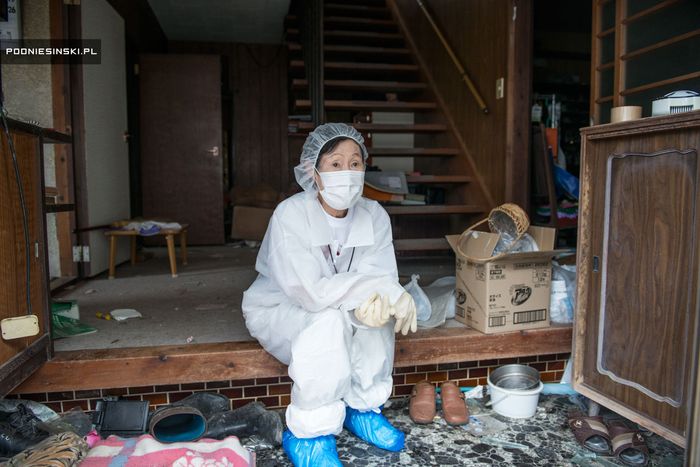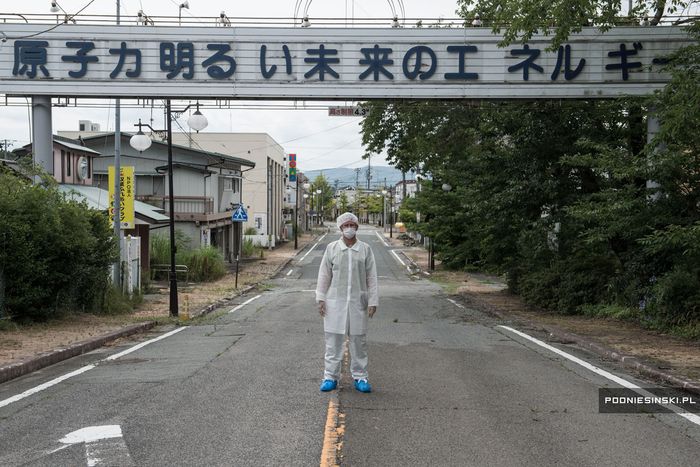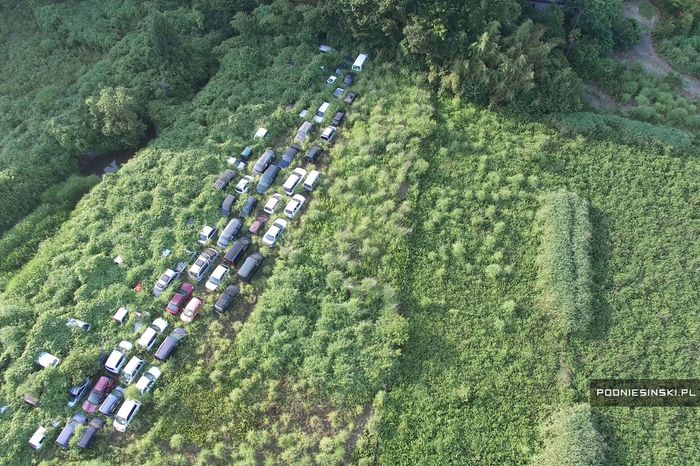Consider these happy users of couchsurfing.com, the old school zero-cost precursor to Airbnb.

From Adam Greenfield:
A few years ago, I would have had to wonder whether these images did in fact represent happy Couchsurfers; now, of course, we have Google Image Search. It only took me a few seconds’ clicking around to confirm what I had suspected — or actually, something even more troubling.
It’s not merely that are these not at all images of actual Couchsurfers; in itself, that might readily enough be forgiven. It’s that the images appear to have been downloaded, altered and used in a commercial context without their creators’ knowledge or consent — in one case, in fact, in direct contravention of the (very generous) terms of the license under which they were offered. Here, let’s take a look:
– The image labeled “Jason” is one of photographer David Weir’s 100 Strangers, originally labeled with a copyright notice;
– “Dang” is a crop of commercial photographer Anthony Mongiello’s headshot of actor Stanley Wong




